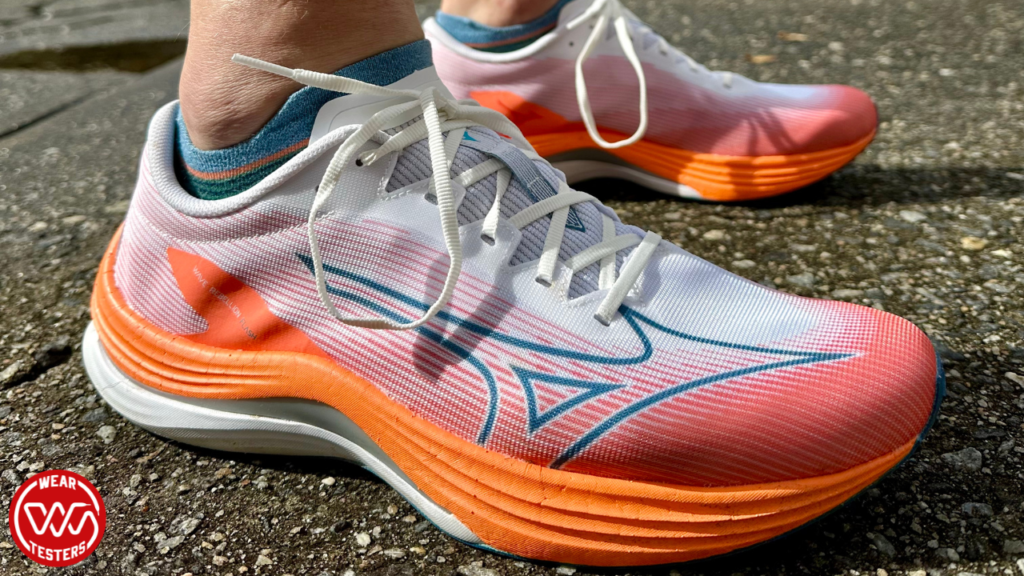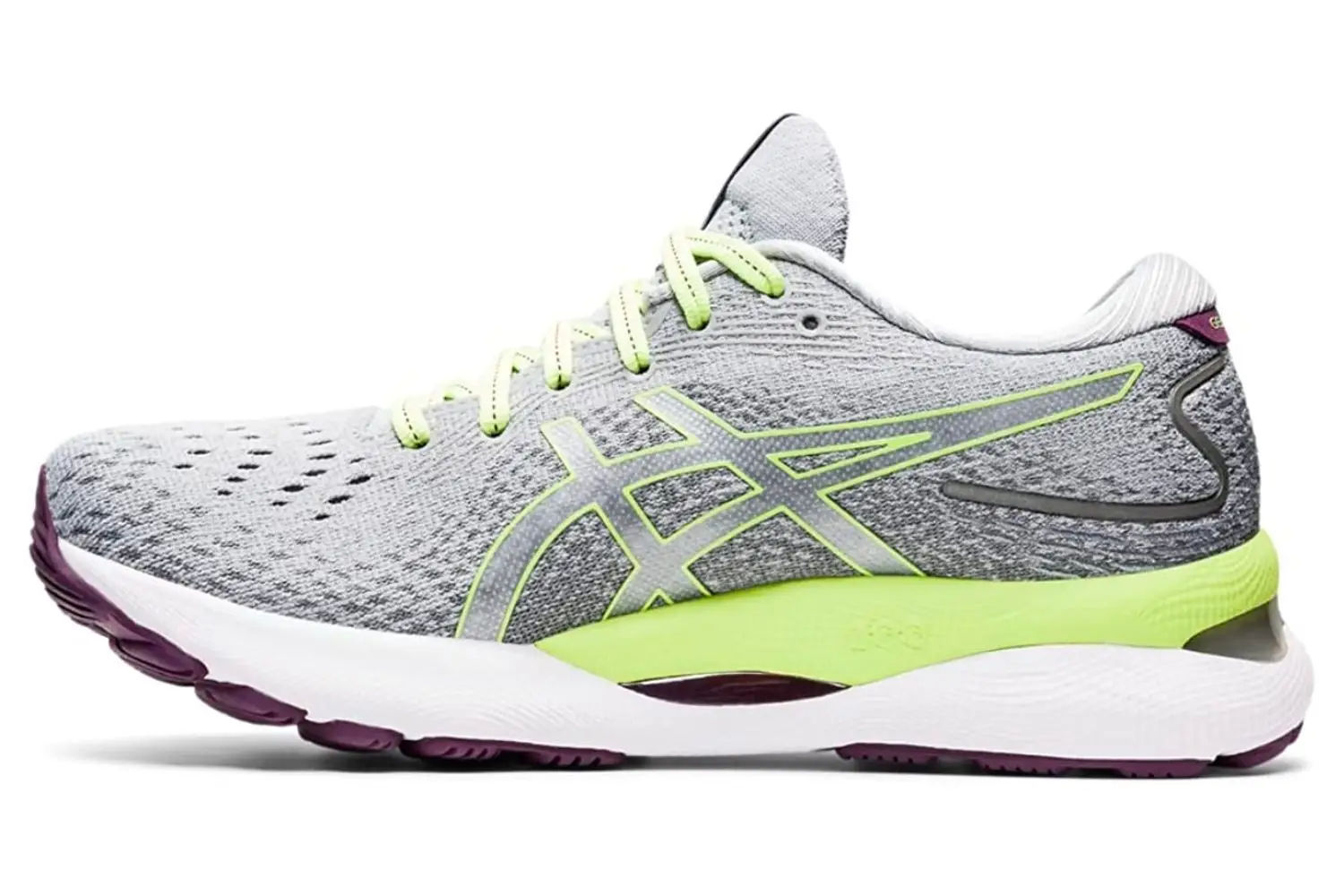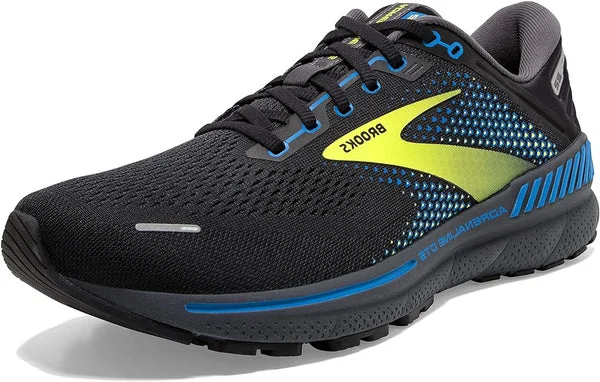Now Reading: Finding Relief Choosing the Best Running Shoes for Wide Feet
-
01
Finding Relief Choosing the Best Running Shoes for Wide Feet
Finding Relief Choosing the Best Running Shoes for Wide Feet

If you have wide feet, finding the perfect running shoes can be a challenge. Pain, discomfort, and blisters are all common complaints among runners with wider feet. However, with the right knowledge and resources, choosing the best running shoes for wide feet doesn’t have to be a daunting task. In this blog post, we will discuss everything you need to know to find relief and comfort in your running shoes. From understanding your feet and arch type to considering factors like stability, cushioning, and width, we’ll cover it all. So let’s dive in and discover the best running shoes for wide feet.
The Need for Extra Room: Understanding Wide Feet and Footwear

Having wide feet is not uncommon, as it is estimated that up to 20% of people have wider than average feet. It’s also important to note that having wide feet does not necessarily mean that you have a larger shoe size. Wider feet often refer to the width of the foot, rather than the length. This means that even if you wear a standard size shoe, you may still struggle to find comfortable options for your wide feet.
One of the main challenges for wide-footed individuals is finding shoes that provide enough room and support without sacrificing style or performance. Many running shoes tend to have a narrow design, which can cause pain and discomfort for those with wider feet. This can lead to issues such as calluses, corns, and bunions, as well as blisters and pain while running.
Therefore, it’s crucial to understand the anatomy of your feet and what features to look for in running shoes specifically designed for wide feet. Let’s take a closer look at how to identify your arch type and why it matters when choosing the best running shoes for wide feet.
Knowing Your Feet: Identifying Your Arch Type for Best Fit
So, what exactly is an arch type? Your arch type refers to the shape and structure of your foot’s arch. This arch acts as a natural shock absorber while walking or running and allows your foot to adapt to different surfaces.
Generally, there are three types of arches – high, medium, and low. Identifying your arch type can help you understand how your feet move and what level of support they need. The easiest way to determine your arch type is by doing a simple wet test. All you need is a piece of paper, a flat surface, and some water.
- Start by dipping your foot into the water, making sure the entire sole is wet.
- Step onto the piece of paper, making sure to put equal pressure on both feet.
- Lift your foot and observe the imprint left on the paper.
Based on the image of your footprint, you can determine your arch type:
- If you see a clear curve along the inside of your foot with a thin band connecting the heel to the ball of your foot, you have a high arch.
- If you see a moderate curve on the inside of your foot, connecting the heel to the ball of your foot, you have a medium arch.
- If you see almost the entire sole of your foot on the paper, with little to no curve on the inside, you have a low arch.
Once you have identified your arch type, it’s essential to choose running shoes that cater to your specific needs. Let’s explore the importance of stability and support in running shoes for wide feet.
Stability and Support: Choosing Shoes that Offer the Right Support
As mentioned earlier, wide feet tend to have less space in traditional running shoes, leading to discomfort and pain during runs. To find relief, it’s crucial to look for shoes that offer ample stability and support.
Stability in running shoes refers to the ability to control the motion of your feet while running. For wide-footed runners, it’s imperative to have a stable shoe that keeps your foot in place and prevents it from sliding around.
When it comes to support, you should look for shoes with good arch support. This is especially important for those with high or low arches, as they are more prone to overpronation (foot rolling inward) or supination (foot rolling outward). Both of these conditions can cause strain on the feet, leading to discomfort and potential injuries.
Some features to look for in running shoes that offer stability and support for wide feet include:
- A wider toe box: This will allow your toes to spread out naturally and provide ample room for wide feet.
- Firm heel counter: This helps prevent your foot from rolling inward or outward during runs.
- Multiple width options: Many shoe brands now offer different widths, making it easier to find a perfect fit for your wide feet.
- Supportive midsole: Look for shoes with cushioning and shock absorption to reduce the impact on your feet while running.
Now that we’ve covered stability and support, let’s discuss two other crucial factors to consider when choosing the best running shoes for wide feet – cushioning and pronation control.
Cushioning and Pronation Control: Key Factors for Wide-Footed Runners
Cushioning plays an essential role in providing comfort and protecting your feet from impact while running. For wide-footed runners, having proper cushioning is crucial, as it helps distribute pressure evenly and reduces the risk of injuries.
However, not all cushioning is created equal. Some types of cushioning may be better suited for individuals with wide feet than others. For example, gel cushioning tends to be more accommodating as it molds to the shape of your foot, providing personalized support.
Another factor to consider is pronation control. As mentioned earlier, overpronation and supination can cause discomfort and injuries for wide-footed runners. Pronation control refers to the ability of shoes to correct or accommodate any irregular foot movement during runs.
To find the right level of pronation control, you should consider the following:
- Neutral shoes: These are ideal for individuals with medium arches and offer balanced cushioning without controlling the motion of your feet.
- Stability shoes: These are recommended for those with low to medium arches as they help control moderate overpronation.
- Motion control shoes: Designed for individuals with flat feet and severe overpronation, these shoes provide maximum support and control.
It’s essential to choose running shoes that cater to your specific needs and provide the right amount of cushioning and pronation control. However, there are a few additional considerations that you should keep in mind when looking for the best running shoes for wide feet.
Additional Considerations: Width, Toe Box Shape, and Heel Stability

In addition to stability and support, cushioning, and pronation control, there are a few other factors that you should consider when choosing running shoes for wide feet. These include width, toe box shape, and heel stability.
Firstly, width is perhaps the most crucial aspect to consider when it comes to finding comfort for wide feet. As mentioned earlier, many shoe brands now offer different widths, so it’s important to try on different options and see which one feels most comfortable for your feet.
Secondly, the shape of the toe box is also essential. A narrow toe box can cause cramping and discomfort for wide-footed runners. Instead, look for shoes with a wider and more rounded toe box, allowing your toes to spread out comfortably while running.
Lastly, heel stability is another crucial factor to keep in mind. A well-supported heel can prevent your foot from slipping and sliding inside the shoe, reducing strain and potential injuries. Look for shoes with a firm heel counter and proper cushioning in the heel area to ensure stability and comfort for your wide feet.
Now that we’ve covered all the essential factors to consider when choosing running shoes for wide feet let’s discuss how to break them in and maintain their performance.
Breaking Them In: Adjusting to Your New Wide-Feet Running Shoes
Once you have found the perfect pair of running shoes for your wide feet, it’s important to break them in properly. This will allow your feet to adjust to the new fit and ensure maximum comfort during runs. Here are a few tips for breaking in your new wide-feet running shoes:
- Start by wearing them around the house or on short walks to get used to the fit.
- Gradually increase your mileage wearing the new shoes.
- If you experience any discomfort, take a break and try again after a few days.
- Make sure to wear proper socks, preferably ones with moisture-wicking properties.
- Use shoe inserts or orthotics if needed to provide additional support and comfort.
It’s also essential to understand that breaking in your new shoes may take some time. Don’t get discouraged if they don’t feel comfortable right away. Give them time to mold to your feet and provide the support and relief you need.
Ongoing Comfort: Care and Maintenance Tips for Long-Lasting Performance
To ensure that your running shoes continue to provide comfort and support for your wide feet, it’s important to take proper care of them. Here are some tips for maintaining your running shoes:
- Clean them regularly: Use a soft brush or cloth to clean off any dirt or debris from your shoes. This will prevent them from becoming stiff and uncomfortable.
- Air dry: Avoid putting your running shoes in the dryer as the heat can cause them to shrink and lose their shape. Instead, allow them to air dry completely before wearing them again.
- Rotate your shoes: It’s recommended to have at least two pairs of running shoes and rotate them regularly. This will not only prolong the life of your shoes but also give them time to air out and prevent odor.
- Replace them when necessary: As a general rule, running shoes should be replaced every 300-500 miles, depending on how often you use them. Worn-out shoes can cause discomfort and increase the risk of injuries.
By following these maintenance tips, you can ensure that your running shoes continue to provide comfort and support for your wide feet for an extended period.
Conclusion
Having wide feet should not hold you back from enjoying running and staying active. By understanding your arch type, choosing shoes with stability, cushioning, and pronation control, and considering additional factors like width and toe box shape, you can find the perfect running shoes for your wide feet. It’s also important to break in your new shoes properly and take care of them to ensure long-lasting comfort and performance. With the right knowledge and resources, you can find relief and comfort in your running shoes and enjoy your runs without any pain or discomfort. So lace up those shoes and hit the road – your wide feet deserve it!






















